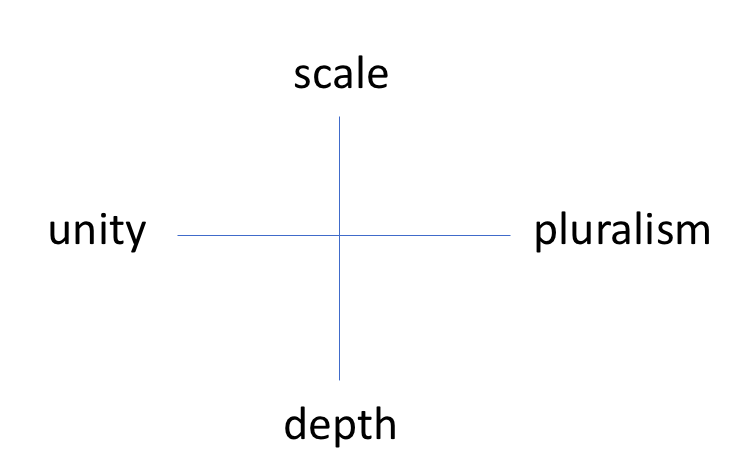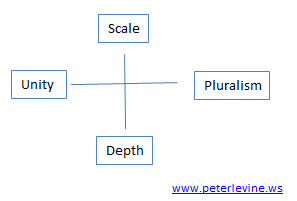On the one hand … The recent shutdown and the threat of a second one result from the Democrats’ choices as well as Donald Trump’s. Nancy Pelosi could reflect that she previously supported legislation that expanded walls on the Southern border, that $6 billion is a mere 0.16 percent of the federal budget, and that closing the government to thwart the president’s desire for a wall causes real people real pain–above all the low-income contract workers who will never be repaid for missed work. These might be reasons for her to compromise. I might add that the shutdown gives me the satisfaction of a successful political brawl without costing me anything. (I wasn’t even inconvenienced at the various TSA inspections I crossed while the TSA workers weren’t being paid.) And there is a long, very ugly tradition of sacrificing other people’s immediate interests for political purposes, sometimes justified on the ground that you can’t make omelets without breaking eggs or that the revolution is more likely to begin if the government gets worse. This is a path to evil paved with dubious intentions.
On the other hand … The president was elected with (although not necessarily because of) racist and factually false claims: migration from the south is hurting “us,” a wall would stop it, and the republic to our south can be forced to pay for it. In a world of partisan polarization and weaponized disinformation, there are scant consequences for making such claims. A shutdown forces Trump to pay a price. For the American people and the political elites who watch the public’s reactions, it sharply clarifies what is at stake. It has reminded many voters of the value of civil servants’ work. It deters similar behavior by Trump and by his allies. Along with a few more such conflicts, it may prevent him from being reelected.
In the end, I favor playing hardball. I think the last shutdown was a good moment, and it is worth risking a second one by negotiating hard with the president.
We must be constantly attentive to the dangers of forcing conflicts when other people bear the costs, and we must resist the narcotic attractions of partisan victory. I’ve been reading a lot of Gandhi lately and can imagine him fasting or doing something self-sacrificial after having heightened tensions in this way–for the good of his soul and as a method of preventing hubris.
But he and other nonviolent political leaders do intentionally heighten tensions. When the openly racist Public Safety Commissioner of Birmingham, “Bull” Connor, was defeated by a White moderate candidate, the Civil Rights Movement rushed to take advantage of his lame duck months in office. They knew that he would turn firehoses and dogs on the children and teenagers in their movement. His reaction was an opportunity for victory that they didn’t want to squander.
Just because the end does not justify the means, it doesn’t follow that you can’t strategize with goals in mind. We must not forget the contract workers who go without pay in a shutdown. Neither can we overlook the long, slow, and vast injustices of our immigration and criminal justice policies. A shutdown forces those issues onto the agenda and may increase the odds of a new coalition governing the country.
If public deliberation is a value (as I think it is), then there would be better ways to reason together about public policy. We wouldn’t have to force vulnerable people to sacrifice in the interest of clarity. But the reality is a system of unaccountable government plus partisan polarization and hypercharged misinformatibon. Under those circumstances, nothing cuts through the fog and illuminates citizens’ choices as well as a crisis. Wise leaders must be ready to force crises if they think they can win.
See also: should Democrats play constitutional hardball in 2019-20?; game theory and the shutdown; moderation, civility, and bipartisanship are not the same; Brag, Cave and Crow: a contribution to game theory; and Gandhi on the primacy of means over ends.



